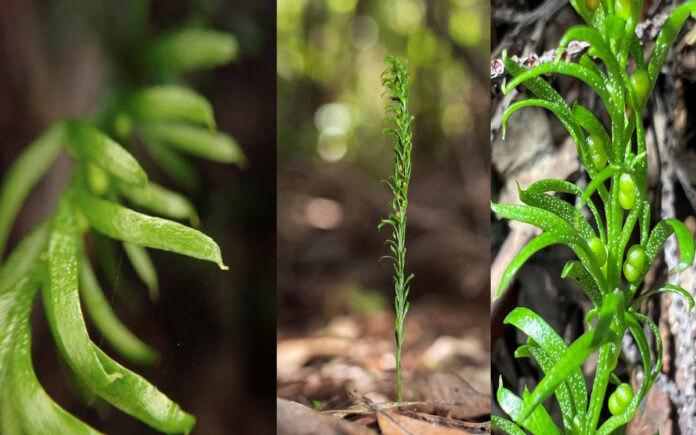Nouméa, New Caledonia: Forget the blue whale or the giant redwood tree; the title of the organism with the largest genome goes to a humble fern from New Caledonia, a French overseas territory in the Pacific Ocean.
Research reveals that Tmesipteris oblanceolata, a fork fern species native to New Caledonia, boasts a genome 7% larger than the previous record-holder, the Japanese flowering plant Paris japonica. Surprisingly, its genome is over 50 times larger than that of a human.
Stretching out like a ball of yarn, the DNA in each cell of this fern would extend nearly 350 feet, surpassing iconic landmarks like the Statue of Liberty, Big Ben, or the Taj Mahal. This unassuming fern grows on the ground or atop fallen tree trunks in New Caledonia and neighboring islands like Vanuatu.
Evolutionary biologist Jaume Pellicer of the Botanical Institute of Barcelona describes the fern as inconspicuous, typically reaching heights of 4-6 inches. Specimens for the study were collected from New Caledonia’s Grande Terre Island.
The large genome size of Tmesipteris oblanceolata is not necessarily advantageous. It is likely due to the plant’s inability to efficiently remove non-functional DNA sequences over time. This poses challenges, as larger genomes demand more resources for replication, repair, and transcription, impacting growth and ecological competitiveness.
Plant geneticist Ilia Leitch from the Royal Botanic Gardens Kew emphasizes that genome size does not correlate with organism complexity or physical size. Despite being a small plant, the fern’s genome surpasses that of much larger organisms like the blue whale and the African elephant.
Understanding genome size is crucial for biodiversity conservation and understanding how plants respond to environmental changes. The unique attributes of Tmesipteris oblanceolata shed light on the complex relationship between genome size and ecological adaptation.



